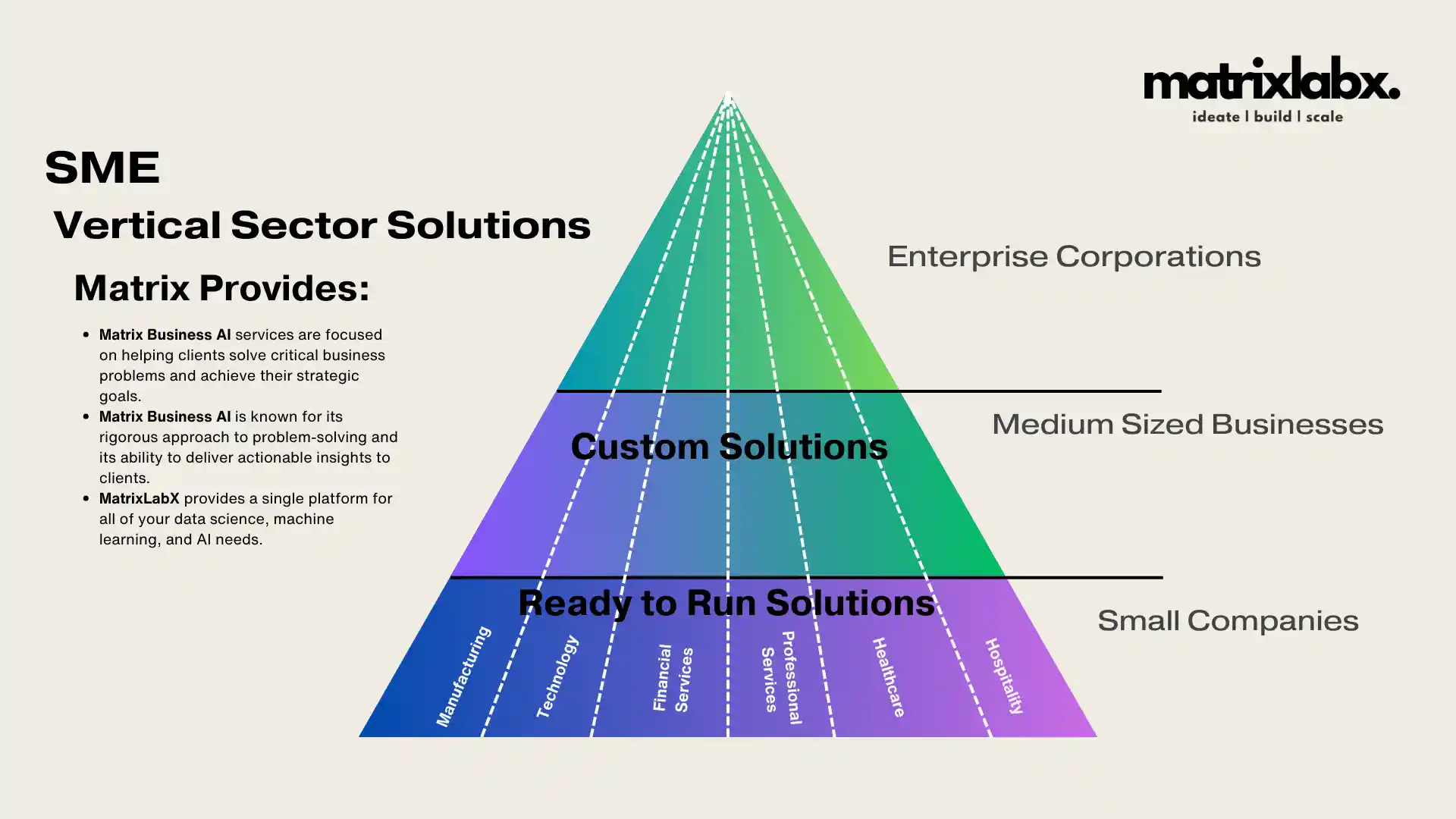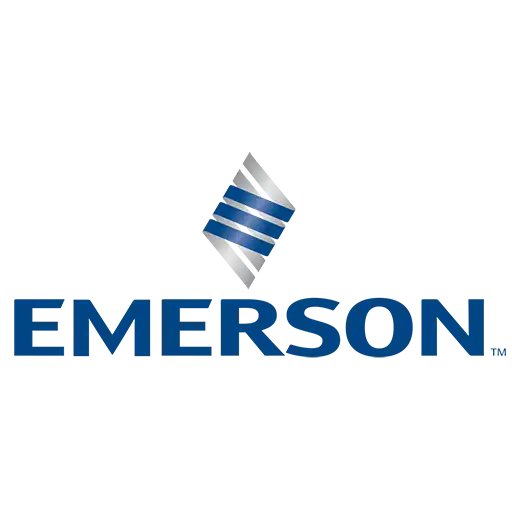
Better Customer Connection
How to Budget for Creative Branding in a Rapidly Changing Market
In today’s fast-paced and ever-changing market, keeping up with the latest trends and technologies can be challenging. This is especially true regarding branding, as consumers are constantly bombarded with new messages and visuals. As a result, businesses need to be more creative and innovative than ever to stand out from the crowd.
Discover How AI Can Transform Your Business Understanding
Struggling to Grasp Customer Needs? Budgeting is Key!








Transform Data into Actionable Insights
- Define your branding goals and objectives. What do you want to achieve with your branding project?
- Identify the resources you need to achieve your goals. This includes personnel, equipment, and software.
- Track your spending and make adjustments as needed. This will help you to stay on track and avoid overspending.

Why Budget for Creative Branding
A creative branding budget is essential for any business that wants to establish a strong and recognizable brand identity. A well-defined brand can help to:
- Increase brand awareness and recognition: A strong brand can help to make your business stand out from the competition and make it easier for customers to find and remember you.
- Improve brand perception: A well-crafted brand can convey your business’s values, personality, and unique selling proposition (USP) to potential customers. This can help create a positive brand image and foster consumer trust and loyalty.
- Differentiate your business: In a crowded marketplace, a strong brand can help to differentiate your business from competitors and make it more appealing to potential customers.
- Increase sales and profitability: A strong brand can increase sales and profitability by attracting new customers, retaining existing customers, and commanding higher prices.




Your Blueprint for SEO Success in 2025
Whether you’re a business owner, marketer, or seasoned SEO professional, this guide is tailored to give you a competitive edge in the evolving digital landscape. Get SEO Pricing.
What to Include in a Creative Branding Budget
A creative branding budget should encompass all costs of creating and maintaining a strong brand identity. This may include expenses for:
- Market research: Understanding your target audience and their needs is essential for developing a successful brand strategy. Market research can help identify your brand’s strengths and weaknesses and opportunities to differentiate yourself from the competition.
- Brand strategy development: A brand strategy outlines your brand’s core values, personality, and USP. This document serves as a roadmap for all of your branding efforts.
- Brand identity design: This includes creating your logo, color palette, typography, and other visual elements that will make your brand instantly recognizable.
- Brand style guide: A brand style guide provides detailed instructions on how to use your brand’s visual identity, messaging, and tone of voice. This helps ensure consistency across all marketing and communications materials.
- Brand messaging: Developing a consistent and compelling brand message is essential for communicating your brand’s values and USP to potential customers.
- Brand marketing includes activities such as advertising, public relations, and social media marketing that help promote your brand and increase brand awareness.
- Brand management: Ongoing brand management is essential for ensuring your brand remains relevant and competitive. This may involve updating your brand identity, refreshing your brand messaging, and responding to changing market conditions.
A creative branding budget is essential for any business that wants to establish a strong and recognizable brand identity.
A well-defined brand can help to:
- Increase brand awareness and recognition: A strong brand can help to make your business stand out from the competition and make it easier for customers to find and remember you.
- Improve brand perception: A well-crafted brand can convey your business’s values, personality, and unique selling proposition (USP) to potential customers. This can help create a positive brand image and foster consumer trust and loyalty.
- Differentiate your business: In a crowded marketplace, a strong brand can help to differentiate your business from competitors and make it more appealing to potential customers.
- Increase sales and profitability: A strong brand can increase sales and profitability by attracting new customers, retaining existing customers, and commanding higher prices.
Unlock Your Website’s Full Potential with a SEO Fix Program
Even the best websites can struggle without robust SEO. Our $2,500 SEO Quick Fix Package is crafted for businesses that demand fast, measurable results. We start with an in-depth SEO audit to diagnose your site’s performance, then implement five targeted optimizations to boost your rankings and drive more traffic.
How to Allocate Your Creative Branding Budget
The allocation of your creative branding budget will depend on many factors, including your business goals, target audience, and industry. However, there are some general guidelines that you can follow:
- Start by clearly understanding your brand goals. What do you want to achieve with your branding efforts? Are you looking to increase brand awareness, improve brand perception, or differentiate your business from the competition? Once you know your goals, you can start to prioritize your spending.
- Allocate resources to the most critical areas: Your branding budget should focus on the activities that will impact your brand goals most. This may involve investing heavily in market research and brand strategy development up front, or it may mean focusing on brand marketing and brand management in the early stages of your business.
- Be flexible and adaptable: Your branding budget should be a living document that can be adjusted as your business grows and evolves. Be prepared to make changes as needed to ensure your branding efforts align with your current goals and priorities.
- Measure your results: It is important to track the results of your branding efforts so that you can make informed decisions about how to allocate your resources in the future. Use metrics such as brand awareness, brand perception, and customer satisfaction to measure the impact of your branding efforts.
A creative branding budget is essential for any business that wants to establish a strong and recognizable brand identity. A well-defined brand can help to:
- Increase brand awareness and recognition: A strong brand can help to make your business stand out from the competition and make it easier for customers to find and remember you.
- Improve brand perception: A well-crafted brand can convey your business’s values, personality, and unique selling proposition (USP) to potential customers. This can help create a positive brand image and foster consumer trust and loyalty.
- Differentiate your business: In a crowded marketplace, a strong brand can help to differentiate your business from competitors and make it more appealing to potential customers.
- Increase sales and profitability: A strong brand can increase sales and profitability by attracting new customers, retaining existing customers, and commanding higher prices.

Drive Business Growth and Data-Driven Budgeting
No matter which budgeting method you choose, it is important to be realistic about your costs. Do not underestimate the time and money it will take to complete your branding project. It is also important to be flexible and willing to adjust your budget.


